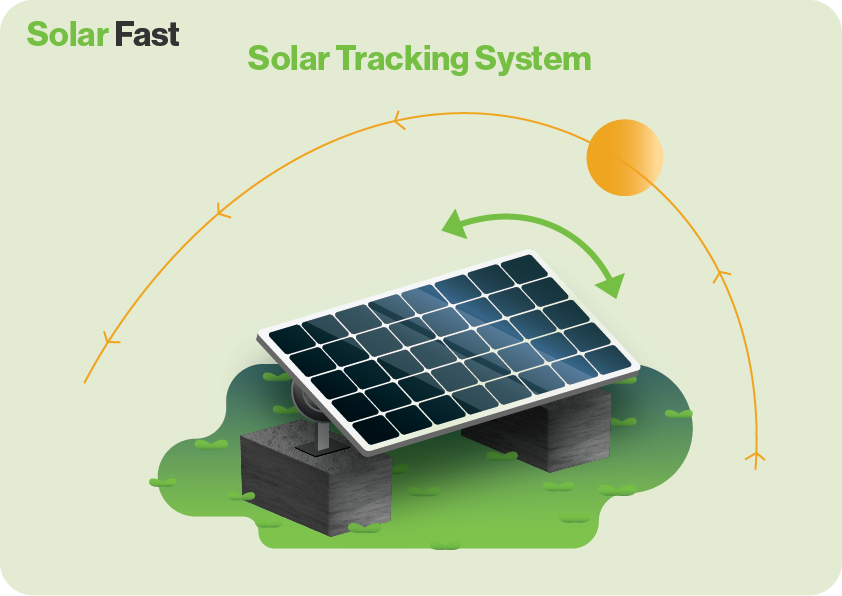The mounting of the panels is one of the most important jobs on a solar installation.
The direction the panels face, the angle at which the light hits them and how shaded they are makes a real difference to the amount of power they produce.
We don’t want to encourage DIY installs, as you need the proper certification to take advantage of SEG, but this will help to keep you informed if you are looking for quotes.
In this blog, we’ll take a look at solar panel mounting systems, where they are used and why.
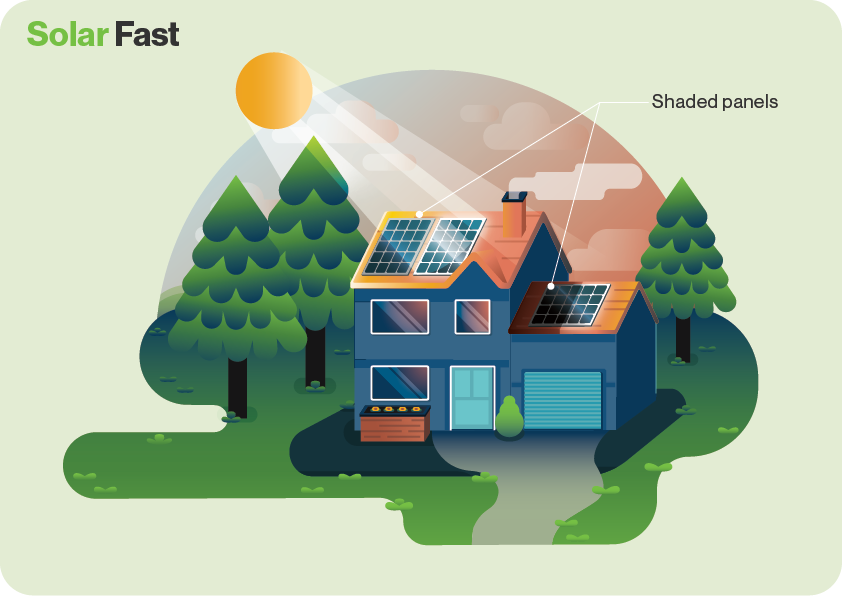
Angles
Solar panels need mounting at certain angles depending on where in the world they are and which way they are facing.
In the UK, the best direction is South, and the best angle is around 35 degrees.
This means the light, in the form of tiny particles called photons, hits the solar cell at its most powerful.
Every 10 to 15 degrees the panel is away from that perfect 35 will result in an efficiency loss of around 1 to 1.5 percent.
As the average pitch for a roof in the UK is between 30 and 50 degrees, panels are usually able to be fitted without any worries.
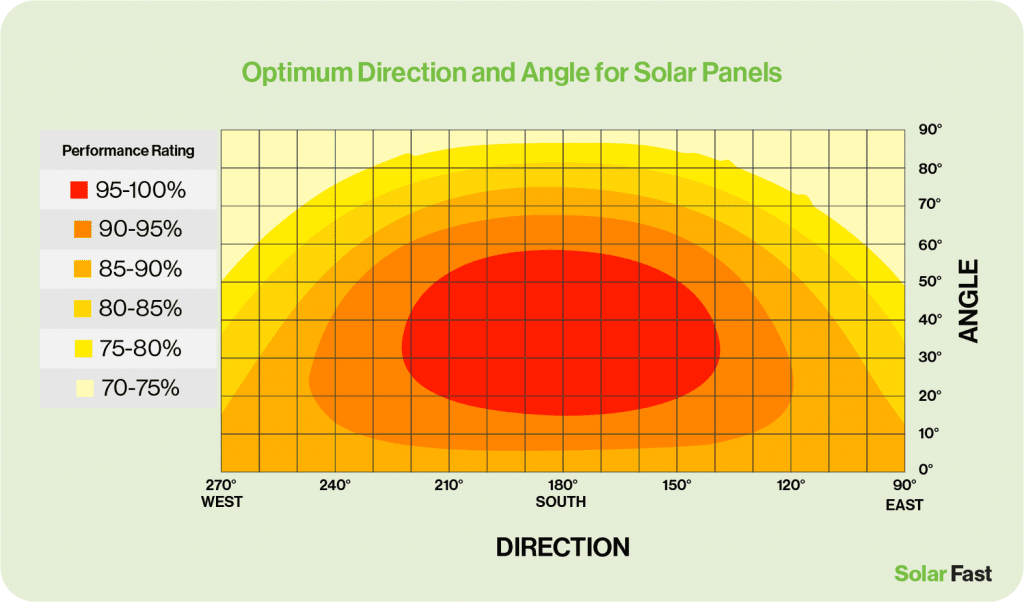
Fitting panels on ‘Normal’ House Roof
The cheapest, most practical way to install solar panels on the roof of an average house is using rails.
The fitter will slide the tiles, or slates, up the roof to expose the rafters underneath.
A secure hook is then attached to the rafter, the tile repositioned and the attachment for the rail is left standing proud of the roof.
Once all the hooks are in place, the rails are fitted across the full length of the array.
The panels are then attached to the rail.
Mounting the panels in this way keeps them secure and allows air to flow freely around them, which keeps the panels cool and at their best efficiency.
Talking to the installation team at Solar Fast, they say that the Clenergy rail system is the best. It’s not the cheapest but it is the fastest and most secure to fit.

Fitting solar panels on a flat roof
Flat roofs present their own problems.
The panels need to be angled and that sweet 35 degrees or they won’t function at maximum efficiency.
So, when connecting to a flat surface they need angled brackets.
Domestic
In a domestic situation, flat roofs are usually rubberised, and it is inadvisable to drill through the roof to mount frames.
So, ‘ballasted’ tubs are the elegant solution.
These are plastic, moulded tubs that sit on the roof and are weighed down with either sand, rocks or metal.
The tubs created at the perfect angle and, as they are free standing, can be pointed in the best direction to soak up the sun.
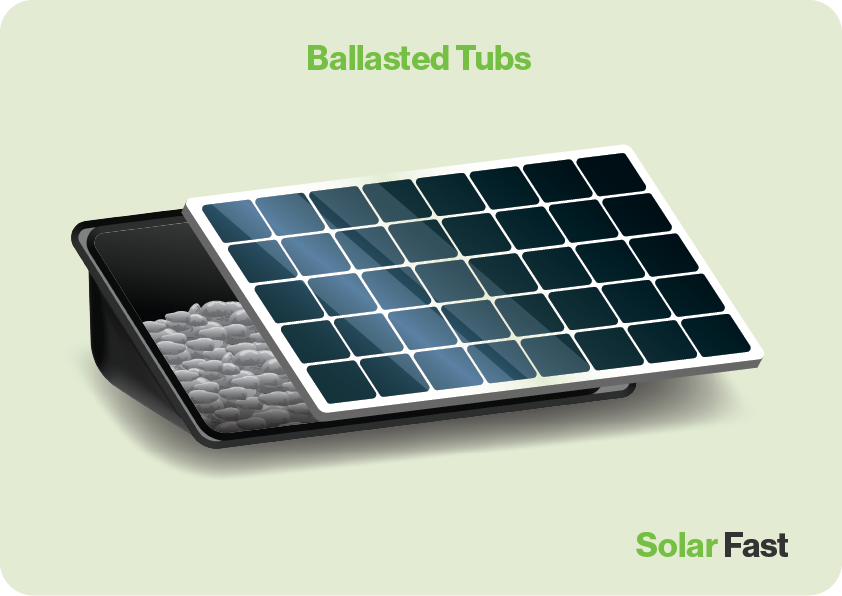
Commercial
Flat roof installations for commercial sites are usually on buildings that can be drilled or punctured – with the correct weatherproofing, of course.
In these cases, the solution is the more traditional, rack type of system.
The rails are installed on the roof, usually bolted and waterproofed, then the angled brackets are placed on the rails so they can be moved into position.
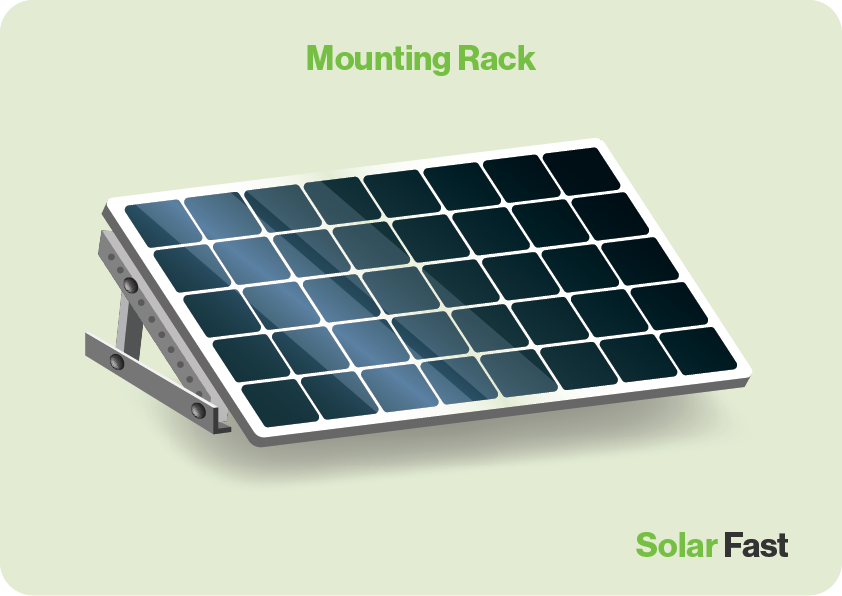
Floor Mounts
Floor mounting uses very similar systems to flat roof mounting but features ground anchors and similar.
The kind of ground the rails are going on will dictate the way they are attached.
Concrete bases are the most popular as they can be drilled for bolts and brackets, but it’s not always a practical, or environmentally friendly, method.
Ground screws are a very solid and easy way to mount rails plus they can be used on grassed areas so long as the ground is solid.
Again, these systems are great for ensuring panels face as close south as they can possibly be.
But, what if it’s impossible to face south?
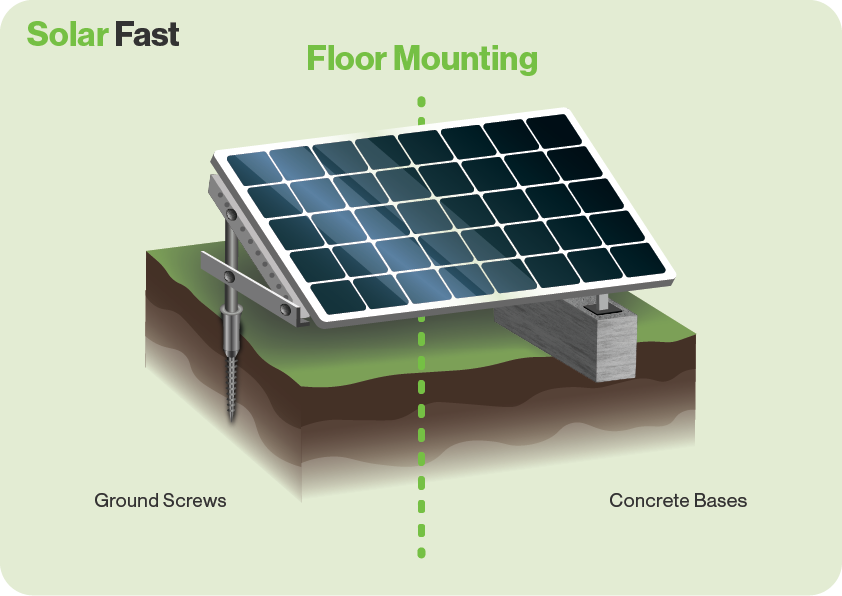
Mounting for East and West facing panels
The beauty of this system is, although the panels wouldn’t be getting quite as much daylight as south facing arrays, you can have twice as many.
The brackets are in a ‘V’ shape with panels attached on top.
This means the panels will produce electricity all day as the sun travels across the sky.
In Roof
The most elegant and atheistically pleasing of the panel mounting systems is the ‘In Roof’ method.
Used in new builds, or when the home is having a new roof fitted, panels are placed in individual trays within the roof structure.
The trays give the illusion that the panels are fitted flush to the roof so they’re not quite so visible from the ground.
However, in roof systems are not cheap and they can reduce the airflow over the panels, which means they get warmer, reducing the efficiency by between 10 – 15%.
Solar Tiles
Talking of elegant but expensive solutions, how about solar tiles?
Also called solar shingles or solar slates, these are on the cutting edge of domestic solar.
Solar Tiles replace the usual clay, concrete or slate tiles on the roof and are connected to a standard inverter.
Although they look good, they are still lacking the efficiency of more traditional panels so the cost of installing them would be a bit of a gamble.
The boffins are working away in them though so, who knows, they may be on every roof by the end of the decade!
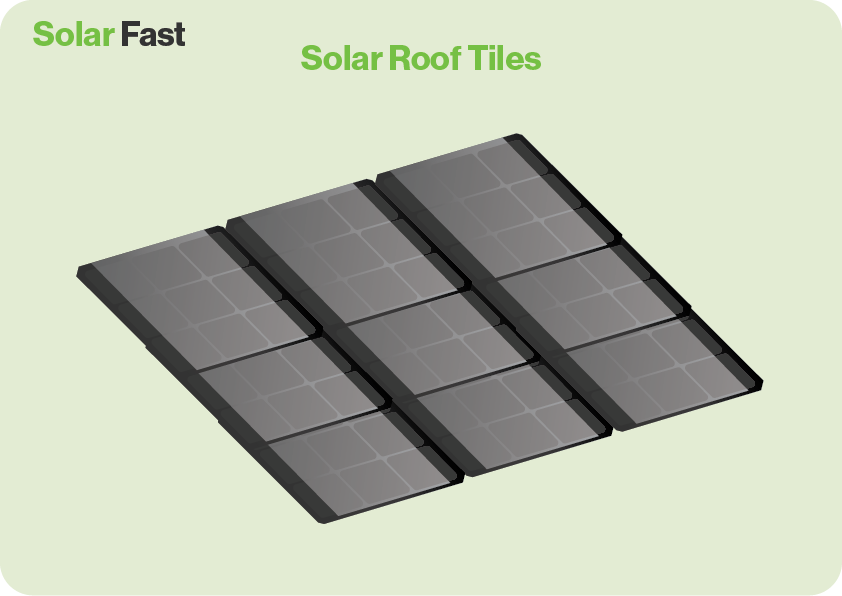
Adjustable / Motorised Mounts
The ultimate solar panel mounting must be the motorised frame, which will track the sun as it rolls across the sky.
Very much a commercial kind of installation, due to size and cost, they can be found on solar farms, used in agrivoltaics and large-scale industrial set ups.
The panels are mounted on a moveable cradle that is connected to rails and fitted with tiny motors.
The whole shebang is controlled by automation software that track the sun throughout the day and can even make adjustments for clouds, snow and shading.
